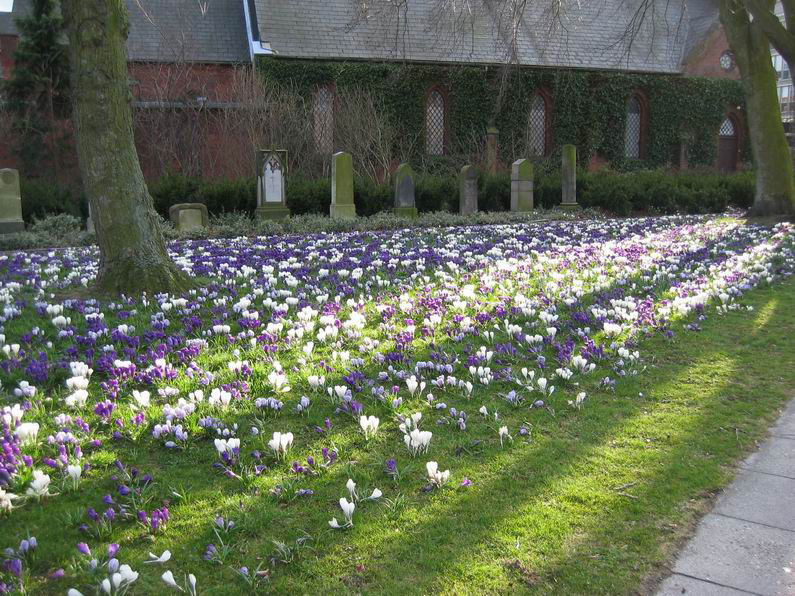

Denmark has two very large libraries: the Royal Library (Det Kongelige Bibliotek) in Copenhagen, and the national library (Statsbiblioteket Aarhus) in Århus. Among other services, the latter offers a collection of VHS tapes for home borrowing, encompassing all television broadcasts in Denmark since 1988.
Among its collections, this library owns approximately 2000 cylinders, including many Blue Amberols and especially Pathé cylinders, primarily in the Inter format. Among the highlights of this collection are many dictation cylinders (Sarah Bernhardt, Coquelin, etc.), as well as an excellent condition Bettini cylinder of Pope Leo XIII. However, the most remarkable element of this cylinder collection is a set of over 300 cylinder molds. As a reminder, black cylinders were molded in series using copper molds made from original brown wax originals through various galvanoplastic means.
These cylinder molds at the National Library are the originals of the essential Danish Pathé production. Apparently, there is not a single French cylinder mold in this collection. Moreover, it seems that no cylinder molds were saved in France, making this Danish collection an important element of industrial archaeology, which careful examination could help understand the detailed production methods of Pathé cylinders.
The following article, in Danish, comes from an online publication of Statsbiblioteket:
Statsbiblioteket has acquired an Archeophone - a specially built phonograph capable of playing all types of phonograph
cylinders. The Archeophone will be used to transfer our approximately 2000 cylinders, containing music and speech, which
are both published recordings with famous artists of the time and private recordings of as yet unknown content. The oldest
recordings date back to 1888 and the newest to 1930. As part of the process, the cylinders will also be digitized and
preserved in the digital book tower, offering ample opportunities to disseminate these exciting and unique sound examples
from a bygone era. The image shows the Archeophone and its inventor and constructor, Henri Chamoux, who brought it from
Paris to Statsbiblioteket and provided training in its use to Media and Music employees.
- Elsebeth Kirring

